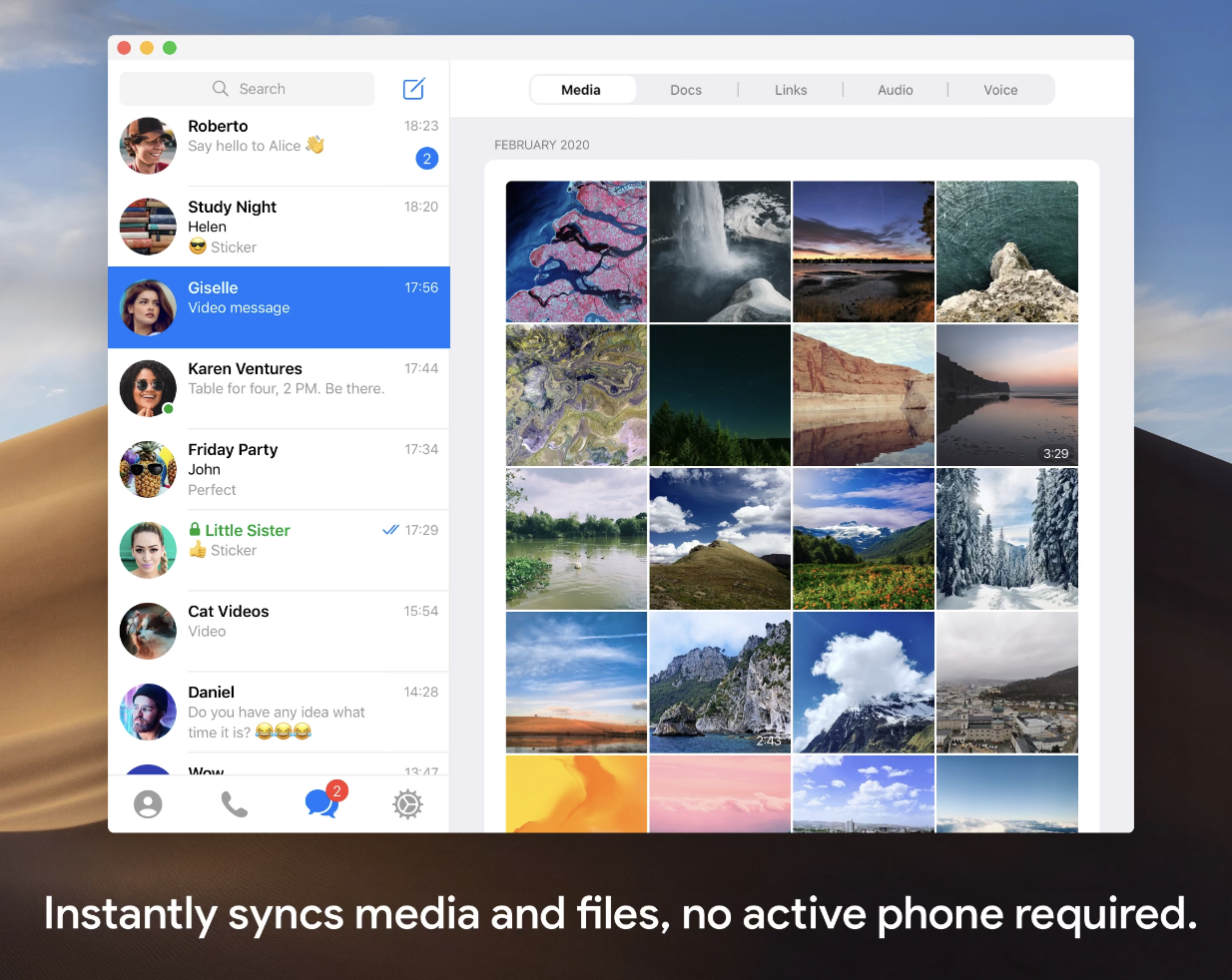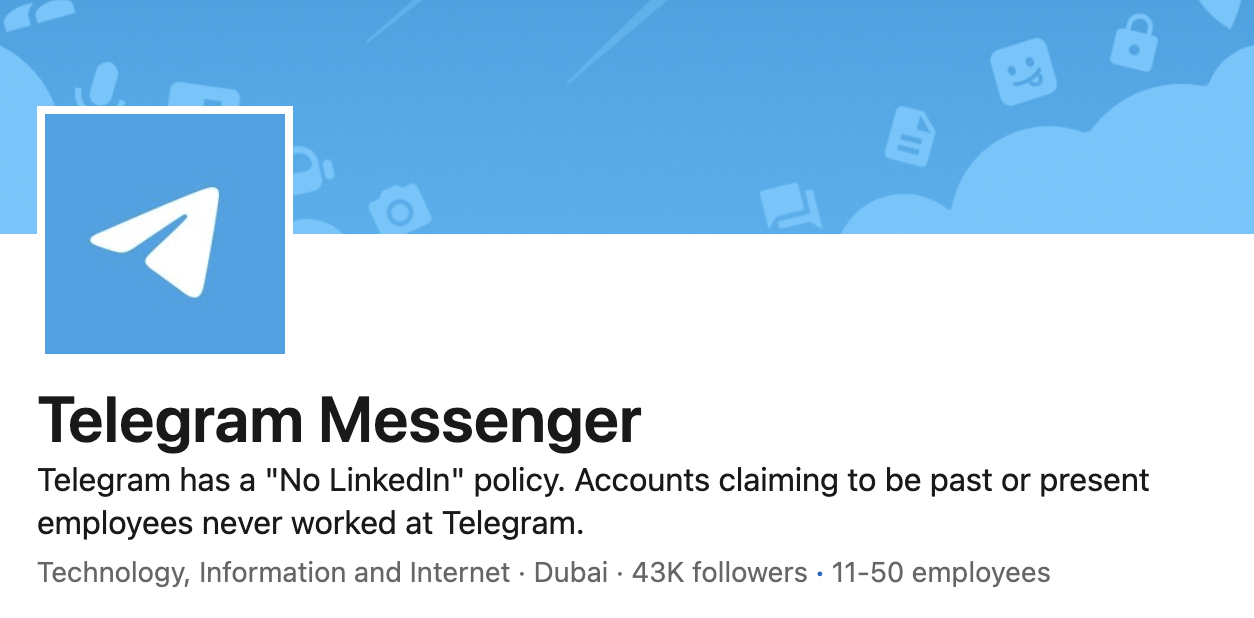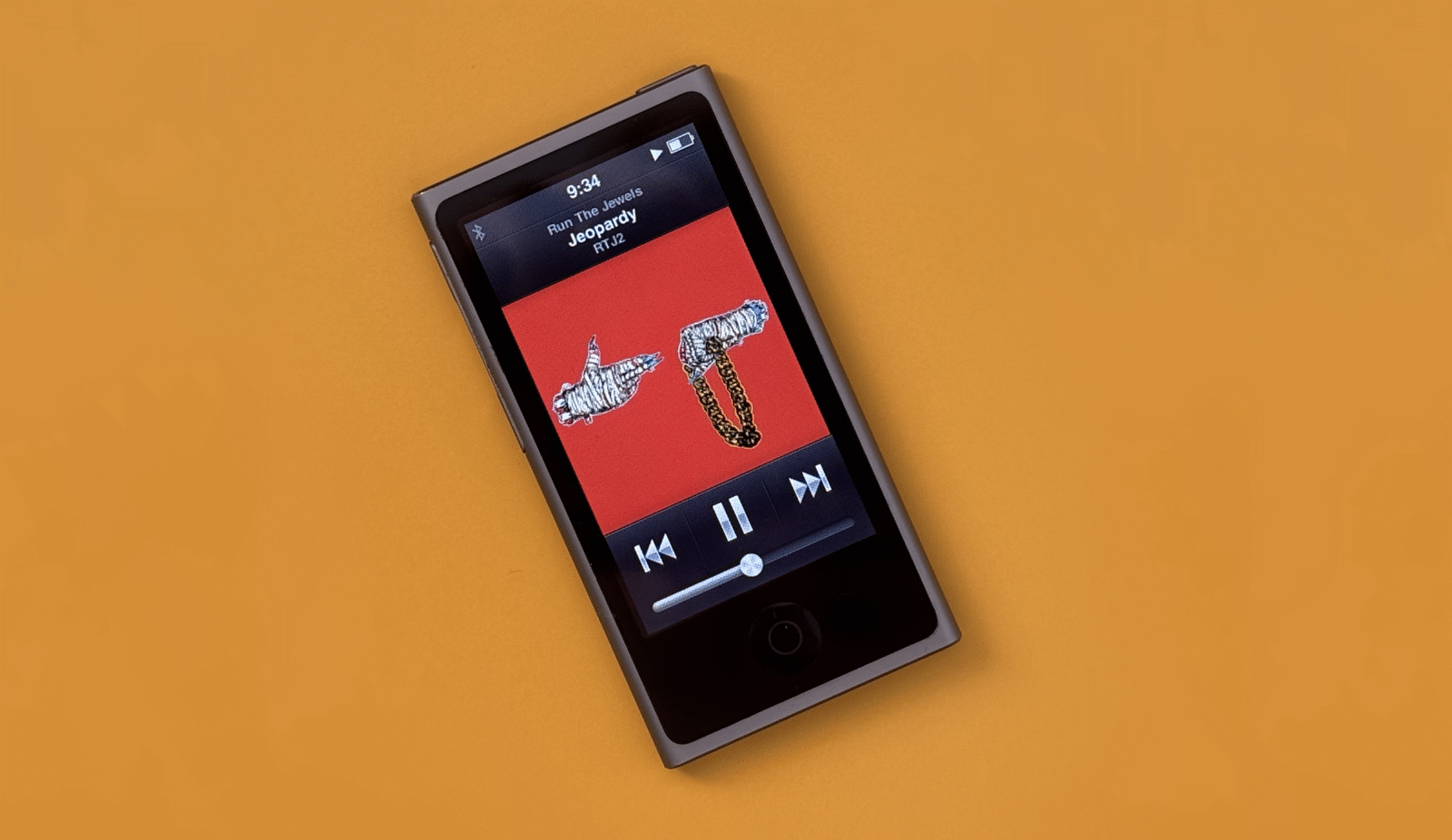What Makes Telegram Special
Telegram is a a social platform with 1Bn users but few people in the West understand how advanced and powerful it actually is.

Telegram is a secretive social media platform with 900 million users. Their employees aren’t allowed to talk about their jobs. It only has one product manager in its founder. And they got to 900 million users without turning into Facebook but also aren’t earning as much.
Telegram is not really a secure messenger app. It’s one of the largest social media platforms. But certain product choices and the location of its audiences make it almost invisible to people based in the United States or Western Europe.
When you first open it, Telegram looks similar to WhatsApp. WhatsApp’s founders famously focused on keeping it simple and clean. For them this meant not adding anything else: “no ads, no games, no gimmicks”. So they added nothing to the app, even years after Meta bought it. About a year or two ago I noticed WhatsApp started adding very specific features that were obviously lifted from Telegram, like channels. But still much slower.
Telegram can get incredibly complex. On top of DMs and group chats, it can host super groups of up 200,000 people. Anyone can create a channel, a publicly-facing broadcast similar to a Facebook page. The largest one now has 55 million followers. You can save anything in your own personal space, and you can organize chats by folders. In addition to channels, Telegram pioneered other UI paradigms, like video circles, which are vastly superior to voice notes (lifted by WhatsApp again).
But despite all this complexity, Telegram hasn’t turned into the infamous Facebook main page. All these features are carefully hidden. Pavel Durov says that he is the only product manager and personally oversees how the app looks. It certainly looks like it. Despite being a social platform, there’s no unified feed, even though it’d provide the best possible ad space.
Compared to Signal or any Meta’s messaging app Telegram provides the most seamless and polished experience. You can instantly switch between conversations. You can quickly find anything shared inside these conversations, including images, files and links. And there are specific searches for all of these categories. Back in 2017, I often had to look up some old files and images in Facebook Messenger, and it was atrocious. Most importantly, you can easily use it on multiple devices with great desktop apps (there are two, for some reason), and everything is synced through the cloud.

Meta provides you with half-baked web-based apps. And with WhatsApp, you have to relink it to the phone constantly. But Telegram can only do this because the messages aren’t encrypted end-to-end. Telegram started as a “secure messaging app” (they launched quite a bit before Signal). But they aren’t using this tagline anymore since it’s not a differentiator, and it’s not true. With Telegram, you have to trust the team not to peek and keep their servers safe and secure. You can create dedicated E2E chats, but only manually, and their functionality is as limited as you’d expect; they’re tied to a particular device and don’t sync at all.
But most users don’t care. This trade-off makes Telegram easy to use, and the team focuses much more on social features anyway. In regions where Telegram is popular, channels replaced newsletters as a form of revolt against algorithmic feeds. They’ve recently revamped user profiles to make them more public-facing and let you pin your channel right there. You can write long texts, share images, and not worry about links being suppressed. On the other hand, you will never get any algorithmic boost. You must proactively look for these channels or get a link elsewhere. In a world where social platforms demand specific content and try to commoditize all content, Telegram feels like a remnant of the old web.
Telegram did add Stories, and I think that was one of the rare misses by the team. Having someone as your Telegram contact is a weaker signal than following on Instagram. Imagine discussing your upcoming partnerships while your stories show how you left the bar at 4 am. Considering the “messaging” part with groups and DMs, they should have made stories visible to “Close Friends” only and asked you to choose the list manually. Then, it could have worked.
Telegram has a notoriously lenient approach to moderation, so you can see accounts from both sides of the Russia-Ukraine war. But unlike modern Twitter, Telegram doesn’t shove it in your face, so even Zelenskiy is happy to use it. While each channel has a URL, the reading interface on the web is extremely basic, and aggressively pushes you to go to the app instead. They definitely could have improved it but chose not to. Telegram is its own kingdom. That’s one of the reasons you rarely see links to its content. Social media apps often use built-in browsers to keep you there, but Telegram goes beyond and provides reader views for most websites, especially news media. No reason to leave the app. Last month they even added its own multi-tasking to Telegram, where you can collapse the browser and continue talking to people or reading channels.
Telegram is the app people use for everything. Talk to their partner. Set up a dinner party. Discuss work projects. And read the news, of course. You can create a group with dedicated threads that look like a Discord/Slack server. I know companies with a few thousand employees that use Telegram as their internal comms tool. It has downsides, of course, as you don’t control your employee’s accounts, and they can mix and match their personal conversation or easily forward messages. Companies write bots to accommodate (like deleting the person from all chats, but it’s still clunky).

With Telegram, you need a phone to set up your account, but you don’t have to share it. Instead of giving out your phone with iMessage, Signal or WhatsApp or sharing your personal Instagram page, you can send a nickname. This made Telegram especially popular among crypto people who prefer to stay semi-anonymous. It is the default communication app for crypto projects, both for their internal ops, connecting to other businesses and community management. They could use no other single service for all of these things instead.
How does Telegram make money? It’s complicated. I’ve seen Durov’s previous project, VK, and have used Telegram since its early days. I think this team is opposed to ads and what it takes to make them work on some philosophical level, and they don’t want to learn. That’s part of the reason Telegram feels nice. There are ads, but they’re pretty unobtrusive since there’s no global feed, and they operate mostly by context with minimal targeting. Telegram also doesn’t have much data on you, so I can’t imagine that CPM is too high. You see these ads in channels, and most of them are for other Telegram channels.
Telegram also has a Premium subscription at $5/month. The subscription removes ads and raises some artificial limits in the interface (the number of chats in a folder); it also gives you a unique check mark and animated emojis. Some people buy it because they like it, and people who use Telegram heavily in their work buy it because it’s just easier than fighting the app. Back in January, Pavel reported 5 million paid subscribers. If we don’t take churn into account, that’s an annual runrate of $300 million. Very impressive, but I’m not sure if it still covers the expenses alone.
Running Telegram takes a lot of money. Partly because they store everything in the cloud, so your mother potentially doesn’t have to figure out how to move her WhatsApp messages from her Android phone to a new iPhone (saying from a personal experience). In 2017, Telegram raised $1.7 billion from investors and announced they would launch their own blockchain TON. The SEC considered their tokens to be unregistered security, so Telegram backed off. They spun off TON, made it open-source, and integrated with it later.
Crypto is a big part of Telegram right now (but you might never see it like other complications). Both Twitter and Instagram canceled their NFT avatars. But in Telegram there’s a crypto wallet, there are web-based mini-apps, and a very basic appstore. The Hamster Kombat game was launched on this platform and gathered 300 million users.
There aren’t too many useful apps yet, but it’s interesting to watch it develop. For years, people were looking for the WeChat of the West. I don’t believe there will be such an app, for many reasons, but Telegram is the closest thing, and it’s curious both use the web stack for these mini-apps.
We don’t know much about the team. Telegram says they have only a few dozen employees working on the core app. The fact that they were able to get to 1/4th of Meta’s userbase is incredibly impressive. Still, we can only rely on their words, as nobody else can share anything about their work. And if you read any stories about Elon’s dreams for X, Telegram might be much further along this path. Telegram Premium probably has more paid users than X Premium. But that’s not all.

Pavel Durov is obviously unhappy with Apple and Google. He’s been at them for years. iOS and Android are critical platforms for Telegram, as the app completely depends on their rules and whims, from content moderation to limitations on what and how they can sell inside the app. You can buy Stars to pay for goods and services inside the Telegram ecosystem, but Apple takes 30%.
But inside this crypto wallet (which isn’t available in the US as many crypto things), you can store USDT, which is the next best thing to a digital dollar. And it’d take a flick of a switch to let users pay for content and services with USDT that they can buy anywhere. This would simultaneously solve Telegram’s problem and push its audience toward crypto.
Telegram is in an unstable equilibrium. They need to perform a careful balancing app with SEC, which already destroyed their original plan and forced them to return most funds, and with Apple, which can destroy their app as they did with Fortnite on iOS. I believe they’re betting they can do this, and their lives will be made easier with the rising pressure on Apple from regulators and the growing adoption of crypto itself. And Telegram might have the best chance to ride both waves.




